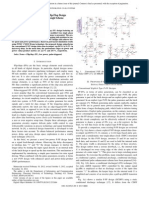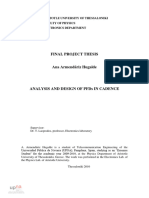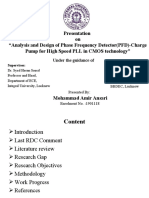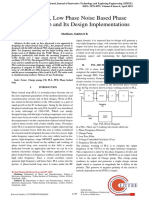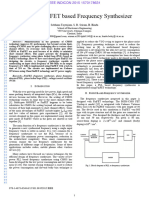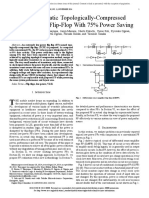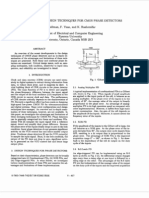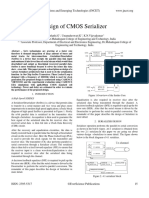0% found this document useful (0 votes)
93 views11 pagesPFD Circuits
This document discusses the implementation of a phase frequency detector (PFD) circuit for use in memory and clock synchronization integrated circuit design. It describes several common PFD circuit designs including those based on flip-flops, NAND gates, and pass transistors. It also discusses design considerations for the PFD such as operating point, duty cycle sensitivity, and dead zones. The document is authored by Dr. Vishal Saxena from the Electrical and Computer Engineering Department at Boise State University.
Uploaded by
Vickey KumarCopyright
© © All Rights Reserved
We take content rights seriously. If you suspect this is your content, claim it here.
Available Formats
Download as PDF, TXT or read online on Scribd
0% found this document useful (0 votes)
93 views11 pagesPFD Circuits
This document discusses the implementation of a phase frequency detector (PFD) circuit for use in memory and clock synchronization integrated circuit design. It describes several common PFD circuit designs including those based on flip-flops, NAND gates, and pass transistors. It also discusses design considerations for the PFD such as operating point, duty cycle sensitivity, and dead zones. The document is authored by Dr. Vishal Saxena from the Electrical and Computer Engineering Department at Boise State University.
Uploaded by
Vickey KumarCopyright
© © All Rights Reserved
We take content rights seriously. If you suspect this is your content, claim it here.
Available Formats
Download as PDF, TXT or read online on Scribd
/ 11
















